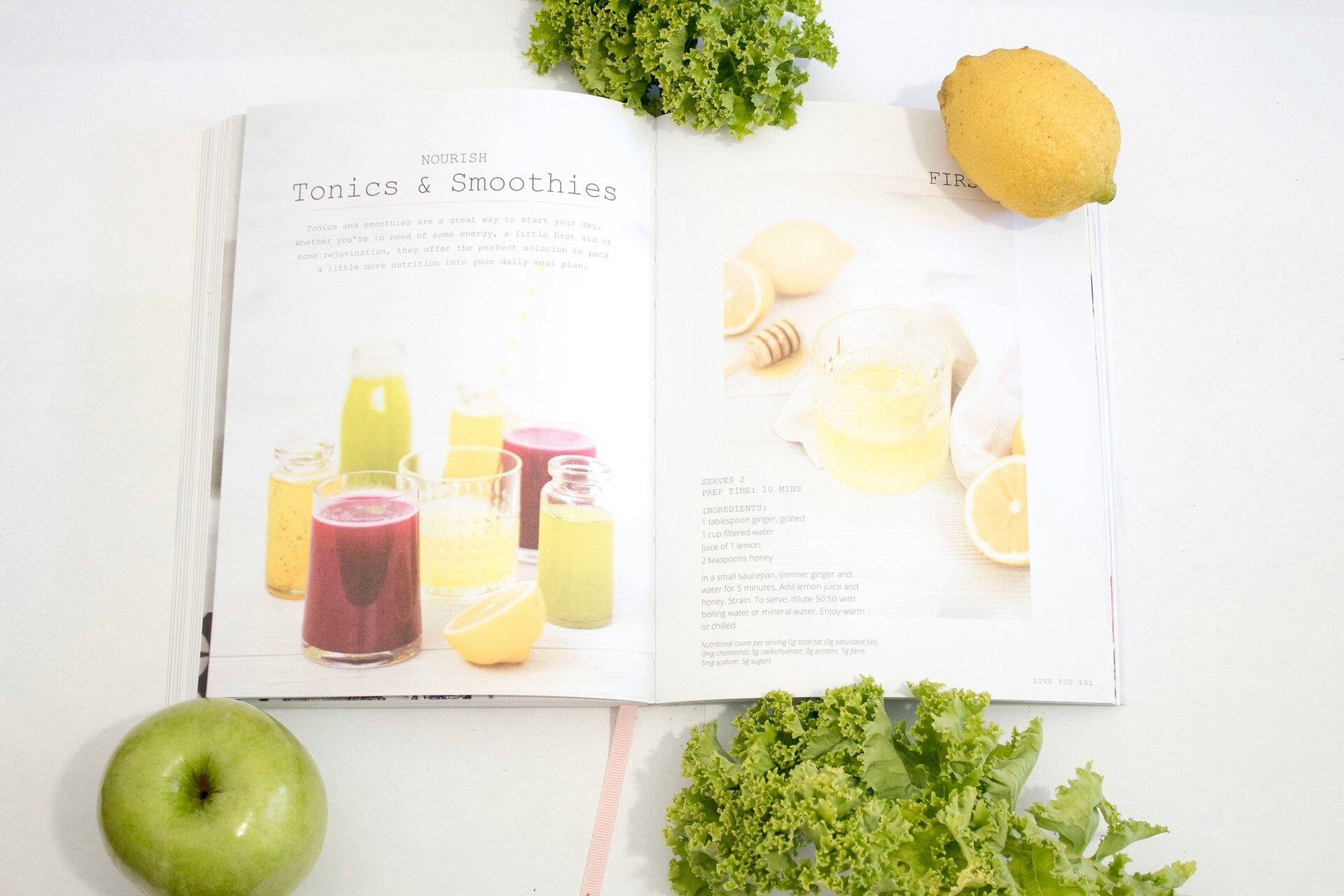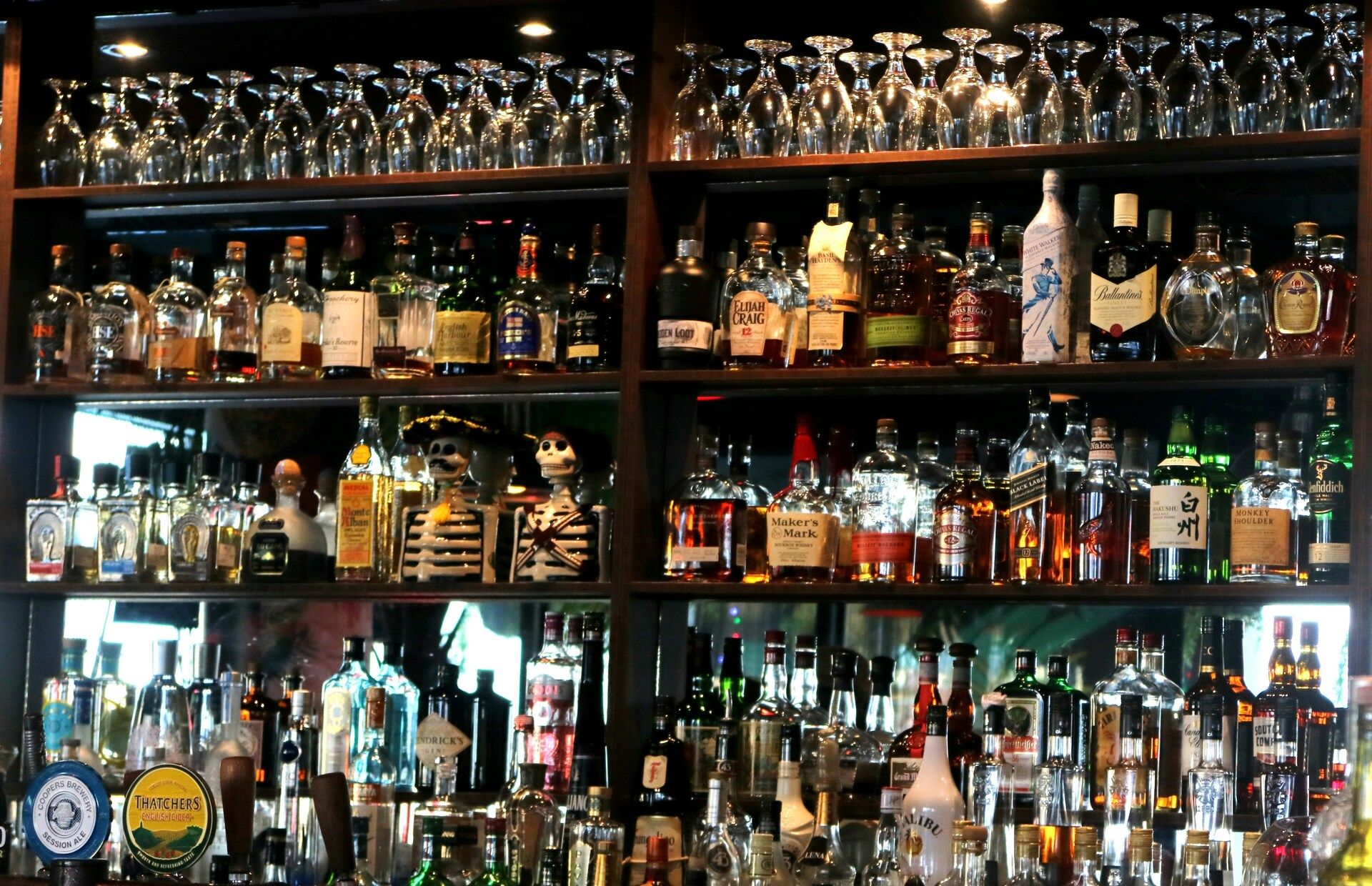Dear Friends -
This is not going to be a popular newsletter, but after reading the recent New York Times article, “How the Risks of Drinking Increase in Older Age,” I feel compelled to share some thoughts and facts on alcohol and aging.
Personally, my relationship with alcohol has changed dramatically over the years. These days, I’ve probably consumed less than a bottle of wine in the last three years combined. I reached a point where, even after just one drink, I would consistently end up with a pounding headache within hours, and feel unwell well into the next day.
This wasn’t always the case. Like many people, I once drank socially—and sometimes heavily, and alone—especially during life’s tougher seasons: a divorce, the isolation of the pandemic, the death of my mother, stressful transitions. Looking back, I’m grateful that I was able to step away from drinking without much difficulty. I realize that isn’t true for everyone.
But whether you drink a little, a lot, or not at all, it’s crucial to recognize that our bodies’ ability to handle alcohol changes significantly as we age.

🧠 Why Alcohol Becomes Riskier as We Age
1. Increased Impact on Every System
As we get older, alcohol hits us harder—even in modest amounts. It affects virtually every organ: muscles, blood vessels, gut, liver, brain, and heart .
2. More Cognitive Decline & Dementia Risk
Alcohol misuse in older adults is linked to faster declines in memory, judgment, and thinking—even at lower consumption levels .
A recent brain-autopsy study found that drinking more than 8 units/week (about 8 standard drinks) increases risk of tau tangles and vascular lesions—hallmarks of Alzheimer’s and dementia—by 41–133% compared to non-drinkers
3. Physical Frailty, Falls, & Dehydration
Alcohol worsens balance and coordination, contributing to falls—a leading cause of injury as we age .
It’s also a diuretic, which can lead to dehydration—an under-recognized risk in older adults .
4. Worsening Chronic Conditions & Medication Interactions
Common age-related issues—hypertension, diabetes, ulcers—can flare up or worsen with alcohol use
Alcohol can interfere with dozens of medications, especially those metabolized in the liver or central nervous system.
5. Cancer Risk—No Safe Level
Ethanol is classified as a Group 1 carcinogen. Drinking raises risk for cancers of the breast, colon, liver, mouth, throat, and esophagus—even at light to moderate levels .
For older adults, this cumulative risk may outweigh any supposed benefits from “moderate” drinking.
6. Accelerated Biological Aging
Chronic alcohol use disrupts cellular repair mechanisms, depletes key molecules like NAD+, damages DNA, and accelerates aging of the brain, heart, liver, skin, and immune system
7. Mental Health & Social Factors
Retirement, isolation, grief, and depression can make alcohol more tempting, yet self-medication often worsens mood and cognitive health .

👀 Alcohol & Aging: The Vanity Check We Don’t Talk About
We all know alcohol affects our liver. But did you know it can accelerate aging from the inside out?
Even moderate drinking can take a toll on how we look and feel—things your 40-year-old self might’ve bounced back from are a different story after 50.
🪞 What Alcohol Can Do to Your Appearance
Dehydrated skin: Alcohol is a diuretic—it sucks moisture from your skin, leaving it dull, dry, and prone to fine lines.
Puffiness & bloating: It inflames tissues and widens blood vessels, especially in the face. Hello, under-eye bags and redness.
Weight gain: Alcohol is full of empty calories and slows your metabolism. It also increases sugar cravings and late-night snacking.
Aging eyes: Regular drinking can worsen dark circles and broken capillaries.
Wrinkles and collagen loss: Alcohol increases oxidative stress and depletes vitamin A, a key nutrient in collagen production.
🧬 What It Does Beneath the Surface
Speeds up cellular aging, making you more prone to chronic disease
Disrupts sleep and hormone balance, which affect everything from skin to energy
Impairs your immune system, making you more vulnerable to illness
Drains NAD+, a molecule that helps your body repair itself at the cellular level
Increases your biological “clock”—meaning you may look and feel older than you are
✨ One 2022 study found that people who drank heavily had shorter telomeres—a sign of faster aging—than non-drinkers of the same age.

What This Means for You—and What You Can Do
Rethink “moderation.” Even levels once thought benign—like 7 standard drinks per week—are now linked to serious health risks .
Pause and reassess. Notice your tolerance changing (e.g., hangovers from fewer drinks?), interactions with medications, or rising anxiety/depression? These are important signals.
Talk to your doctor. Be candid about your drinking habits so they can support safe changes, especially around medications and chronic conditions.
Build healthier rituals. Connect with others through non-alcoholic events, pick up a hobby, focus on hydration, movement, sleep—these can replace drinking routines.
Consider abstinence or alternate beverages. Many find relief switching to alcohol-free cocktails, kombucha, or sparkling water—without the risk to health.

🔍 How to Recognize Problem Drinking in Midlife and Beyond
Many people assume alcoholism looks the same at every age—but it can be more subtle in older adults, who may drink alone, in private, or rationalize their consumption as “moderate.”
Warning signs that drinking may be problematic:
Drinking more or longer than intended
Unsuccessful attempts to cut down
Neglecting responsibilities or hobbies
Memory lapses or blackouts
Drinking despite health warnings from a doctor
Using alcohol to cope with loneliness, sadness, or boredom
Hiding or minimizing drinking habits from friends or family
Older adults may also experience:
Falls or injuries after drinking
Worsening chronic illnesses
Medication interactions
Increased forgetfulness or confusion
Even if you don’t meet the formal definition of Alcohol Use Disorder (AUD), these signs warrant reflection and possibly a conversation with a healthcare professional.

💬 Resources for Support
If you’re concerned about your drinking—or a loved one’s—these resources can help:
Alcoholics Anonymous (AA)
Free, peer-led support groups worldwide.
aa.org | 24/7 Helpline: 800-839-1686National Institute on Alcohol Abuse and Alcoholism (NIAAA)
Information and self-assessment tools.
niaaa.nih.govSAMHSA’s National Helpline
24/7 confidential help for substance use: 1-800-662-HELP (4357)
samhsa.gov/find-help/national-helpline

🥂 Resources: The Rise of Non-Alcoholic Options & Sober-Curious Living
You’re not alone if you’re questioning your relationship with alcohol. The “sober-curious” movement has grown rapidly in recent years, offering more choices than ever for people who want to cut back—or quit entirely—without feeling left out.
Some reasons people are embracing this trend:
Health and wellness focus
Mental clarity and better sleep
No more next-day regrets
A desire for mindful drinking and moderation
🌱 Popular Non-Alcoholic Beverage Brands
Athletic Brewing Co. — craft non-alcoholic beers that taste surprisingly close to the real thing
Seedlip — herbal distilled non-alcoholic spirits perfect for cocktails
Monday Gin — a zero-alcohol gin alternative
Ritual Zero Proof — substitutes for whiskey, gin, and tequila
Ghia — sophisticated botanical aperitifs
Surely — alcohol-removed wines, including sparkling rosé and chardonnay
Many of these brands ship nationwide, and you’ll increasingly find them on store shelves and restaurant menus.

🍹 Easy & Delicious Mocktail Recipes
Cucumber Mint Cooler
5–6 slices fresh cucumber
6 fresh mint leaves
½ oz simple syrup (or a dash of agave)
½ oz lime juice
Sparkling water or soda water
Ice
Muddle cucumber and mint gently in a shaker, add simple syrup and lime juice, shake lightly with ice. Strain into a tall glass over fresh ice, top with sparkling water, garnish with cucumber slice and mint sprig.
Ginger-Lemon “No-Gin” Fizz
2 oz Seedlip Garden (or any botanical non-alcoholic spirit)
¾ oz fresh lemon juice
½ oz honey syrup (equal parts honey and warm water)
2 oz ginger beer
Ice
Shake Seedlip, lemon juice, and honey syrup with ice, strain into a rocks glass over fresh ice. Top with ginger beer. Garnish with lemon wheel and a sprig of thyme.
This is a good moment to experiment—with a clear head. If you try one of these recipes, or discover a favorite non-alcoholic brand, I’d love to hear about it!

🎯 Core Takeaway
With age, our bodies simply don’t process alcohol the same way. What was harmless in your 30s may now erode your brain, balance, and health—even in small doses. The safest amount? Likely less than you currently drink—or none at all.
This week, invite reflection over celebration: How has your relationship with alcohol evolved? What might it look like if you leaned into drinks, not out of habit—but as a choice?
Cara Gray
Third Act Consultant, CPRC, CEPA™️
P.S. If you want to start planning your third act, set up a time on my calendar for a chat: Schedule a Chat with Cara

